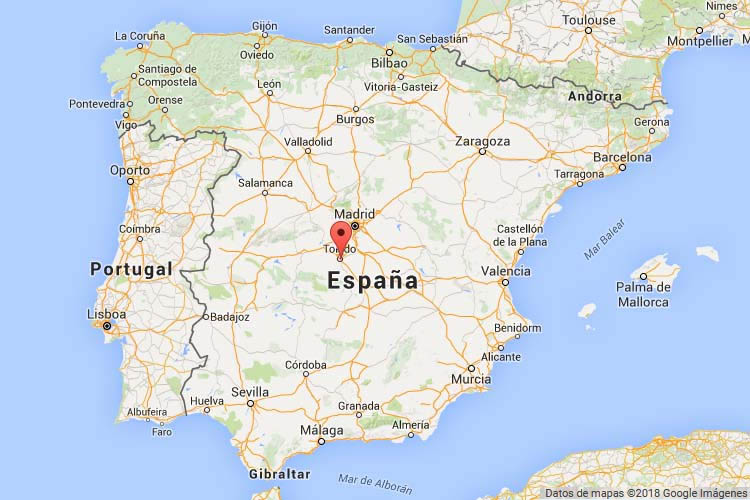The Toledo Mint was one of the seven main mints in Castile that were authorised to continue after 1497 by the Catholic Monarchs. The rest were closed. Previously, coins had been minted in the area since 50 B.C., first by the Romans and later by the Visigoths. But it was with the Taifa kingdoms when the first known mint was established in the city of Toledo. It was installed somewhere in the so-called "Palaces of Galiana", the official residence of the Visigothic, Moorish and later Castilian kings. After the conquest of Toledo in 1085, Alfonso VI will also mint in these facilities. In 1210 Alfonso VIII transferred the Chapel of Santa Fe, with some of the old palaces, so that the military Order of Calatrava could stablish the Santa Fe Priory. This Priory belonged to them until the time of the Catholic Monarchs. But the Priory did not use the entire western area of the Galiana Palaces, because a part of it was meant to be used for the Mint. This is the first recorded location of the Toledo Mint.
Under the Catholic Monarchs, it was decided to build the convent of Santa Fe on the site occupied by the Mint and to relocate it. It is known from legal disputes between this convent and the Santa Cruz one that the mint building used part of both sites. A street in this area was named "de la Casa de la Moneda" until 1536 when it was renamed "de la Casa de la Moneda Vieja". In 1504, Isabel the Catholic ordered the transfer of the mint to the treasurer Alonso Gutiérrez of Madrid. The chosen destination was a house that belonged to the Cota family in the 15th century. This second location was in the street of Torno de las Carretas, today, Núñez de Arce Street. The building is still preserved, although slightly smaller than it was.
During its operation, coins of bronze, copper, vellon, silver and gold were minted. From 1602 on, large amounts of copper coinage were minted. Also, under the reign of Philip IV, this mint takes part in the campaign to reseal copper coins. Between 1604 and 1635, up to 108 people working there. From 1600 on, the decline of precious metal mints began and almost disappeared after 1660. They tried to build mills to mint in another building, but the project was cancelled in 1662 due to some problems, so it is the only mint that did not mint the series from vellon by mill. It was decided to close the house definitively in 1680, under the reign of Charles II.
The Toledo Mint
| Europe | |
| Spain | |
| Toledo | |
| Toledo | |
| <1000 | |
| 1681 |
Historical review
Actual state
1st location
The building of Casa Vieja was demolished during the time of the Catholic Monarchs to build the Convent of Santa Fe. The site where the Palaces of Galiana were located was occupied by the Convent of Santa Fe, the Palace of Santa Cruz and part of the Discalced Carmelites. Throughout history, these buildings have undergone so many transformations that it is impossible to pinpoint their exact location.
2nd location
Between 1706 and 1740 the building caught fire and most of it was destroyed. It was restored in 1744. One year later, all the belongings were moved to the Casa de La Moneda in Madrid. From 1761 on, King Charles III established the Royal Factory of Swords and Weapons in the building, and in later times it was used for various purposes such as a Post Office, marzipan factory, neighbourhood courtyard or The House of The Radio. Although the mint building constituted an urban unit, it was later divided into several houses, and today only the noble part is preserved in the street Núñez de Arce,12. The facade is the original and a magnificent Gothic courtyard has been preserved, which is the largest in the city. It was restored in 1948 and acquired by the Assembly of the Autonomous Region of Castilla-La Mancha to use as headquarters for the Consultative Council in 1998. The rehabilitation carried out by the architect Mario Federico Muelas Jiménez has entailed the full recovery of the courtyard, making compatible the functionality and use of the facilities for the administrative functions that performs.
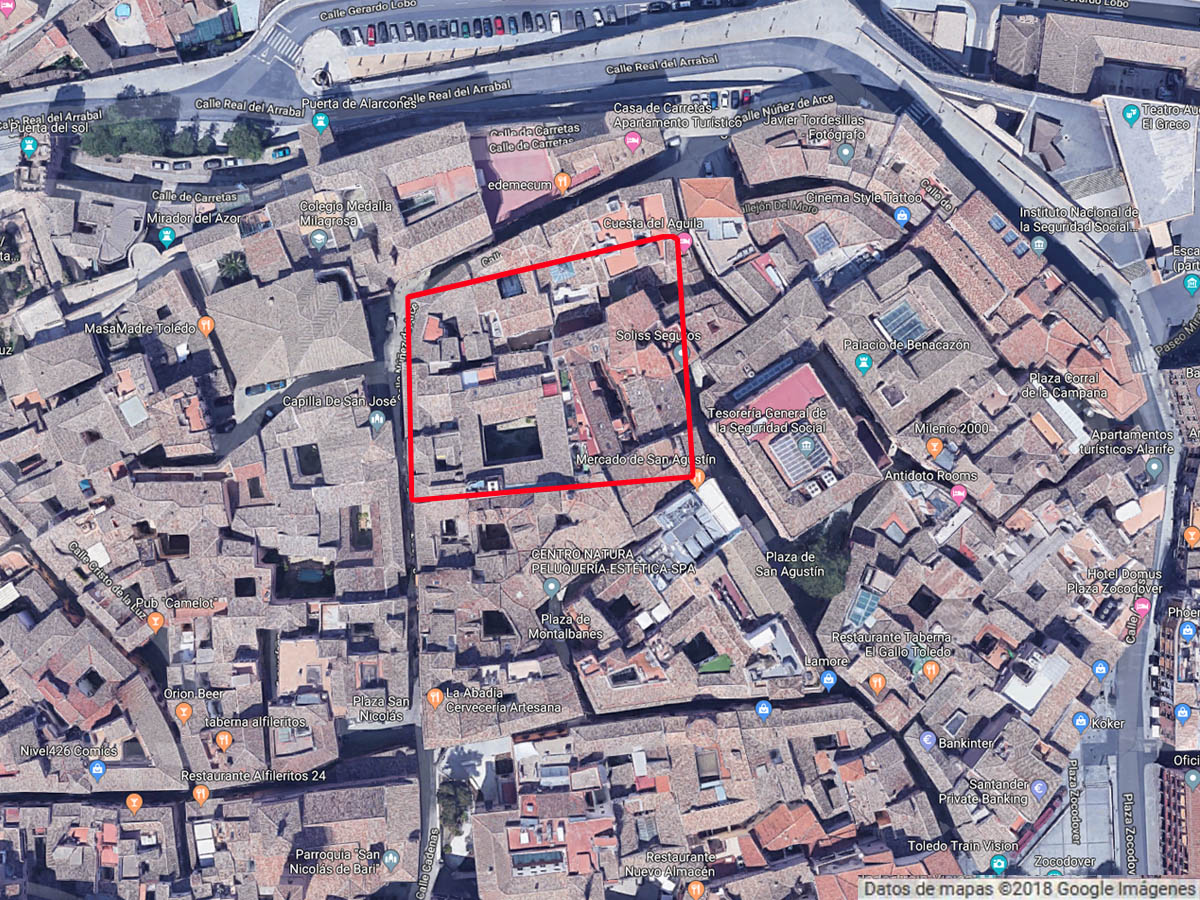
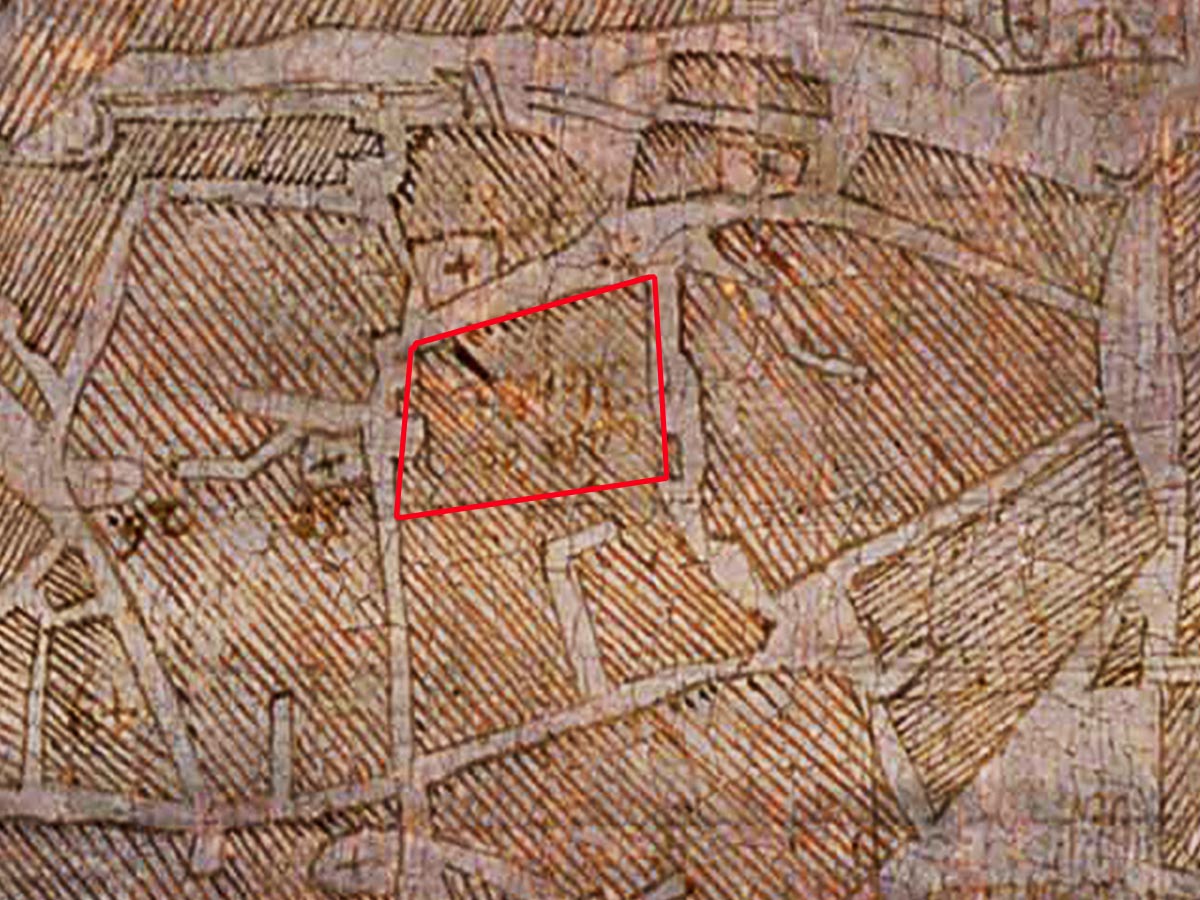
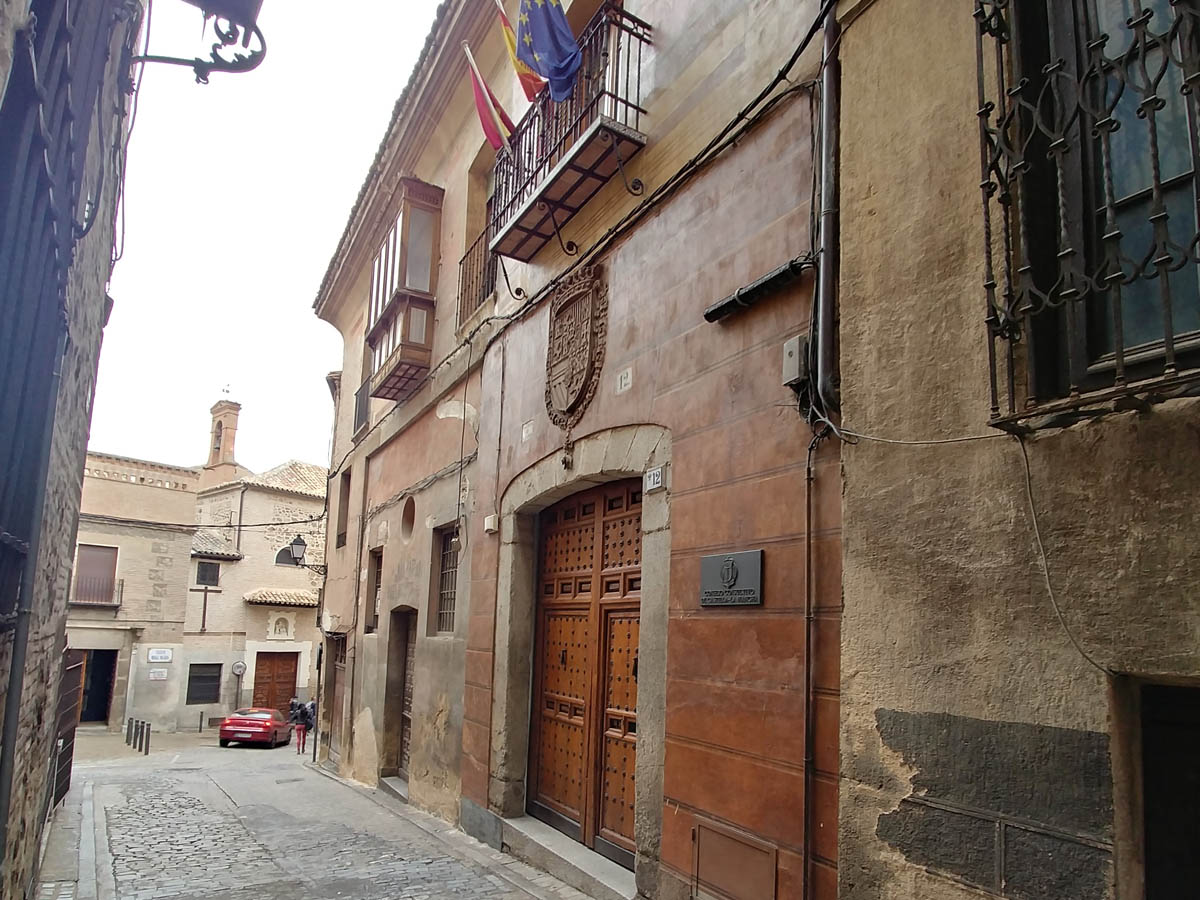
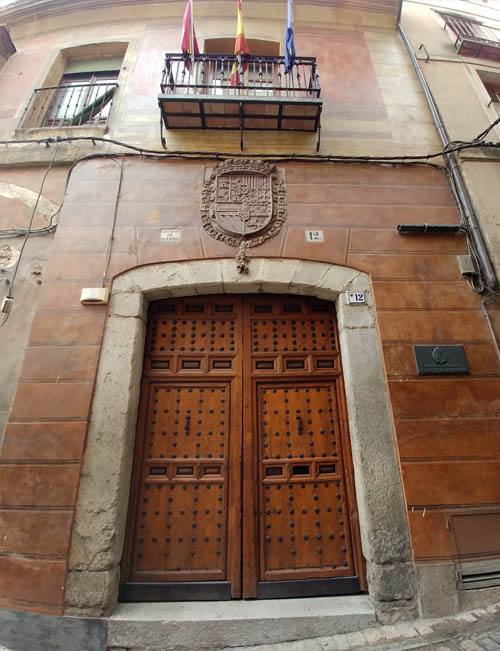
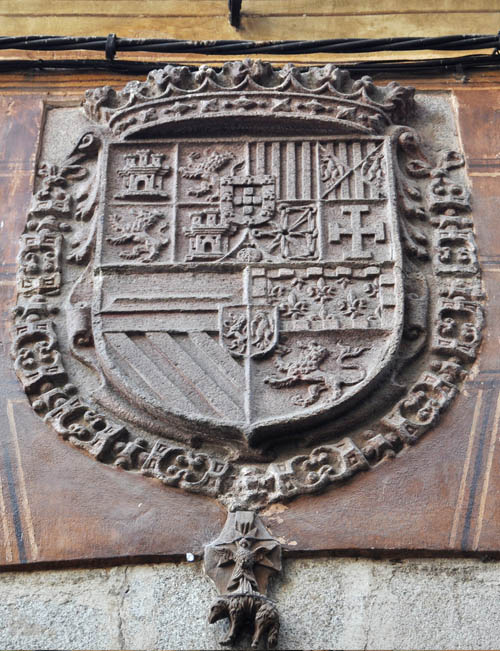
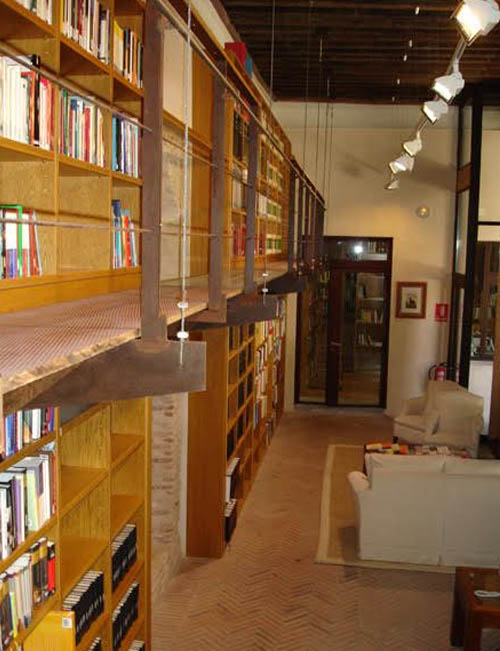
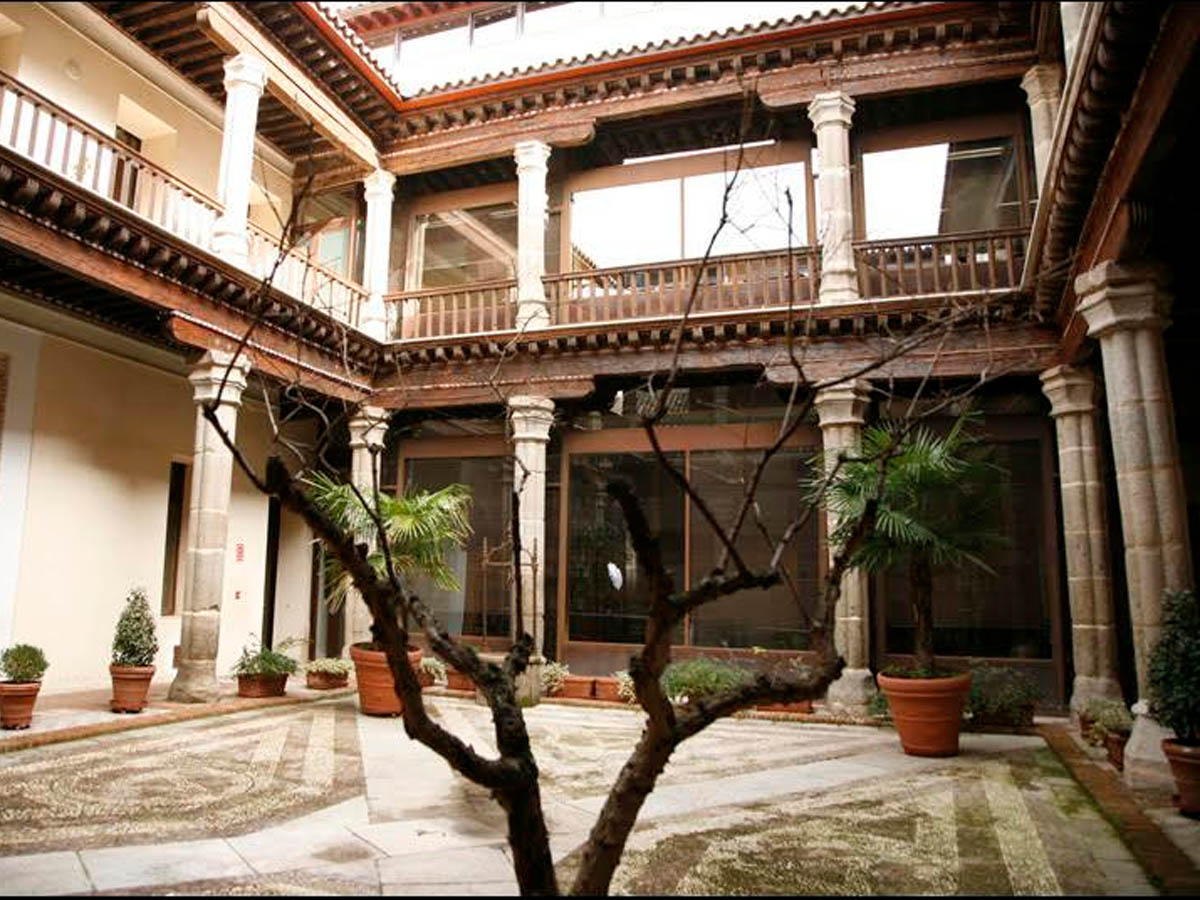
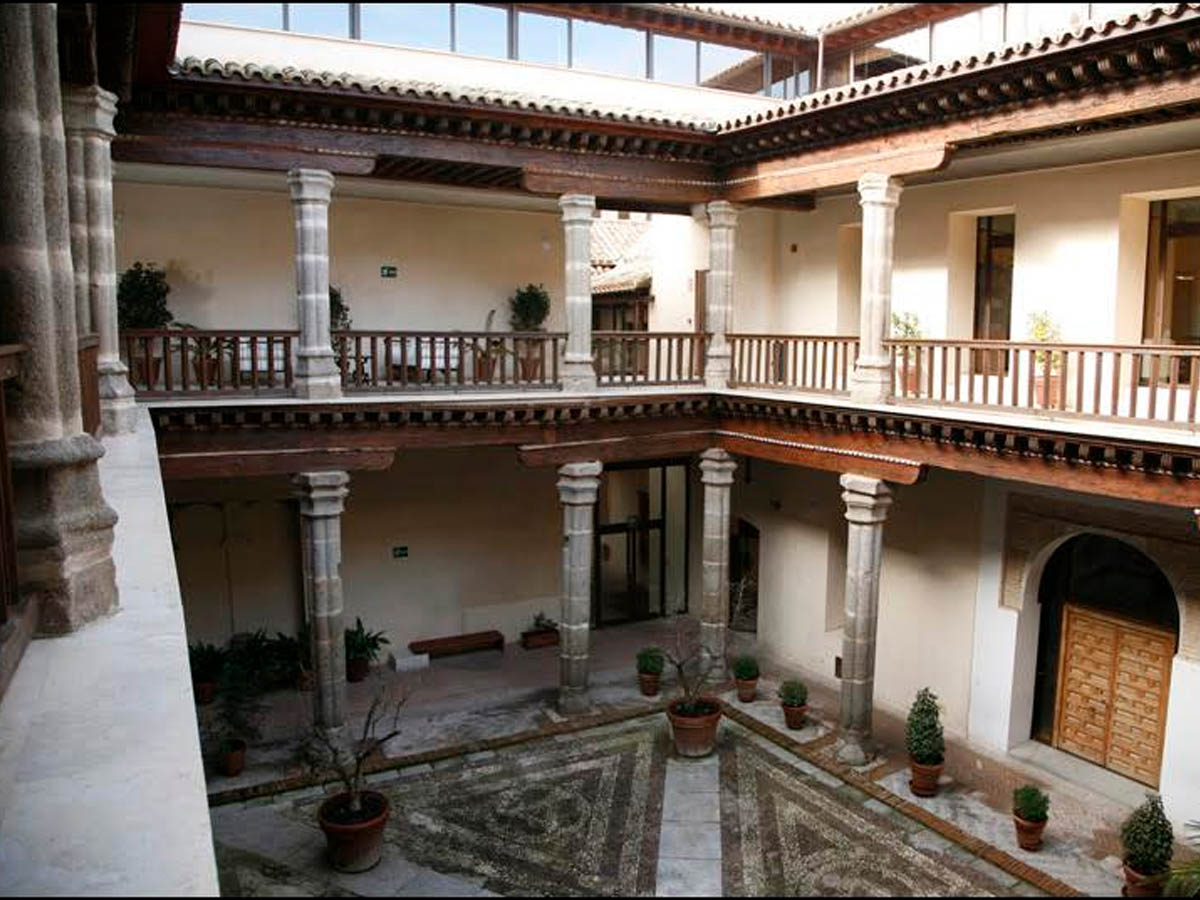
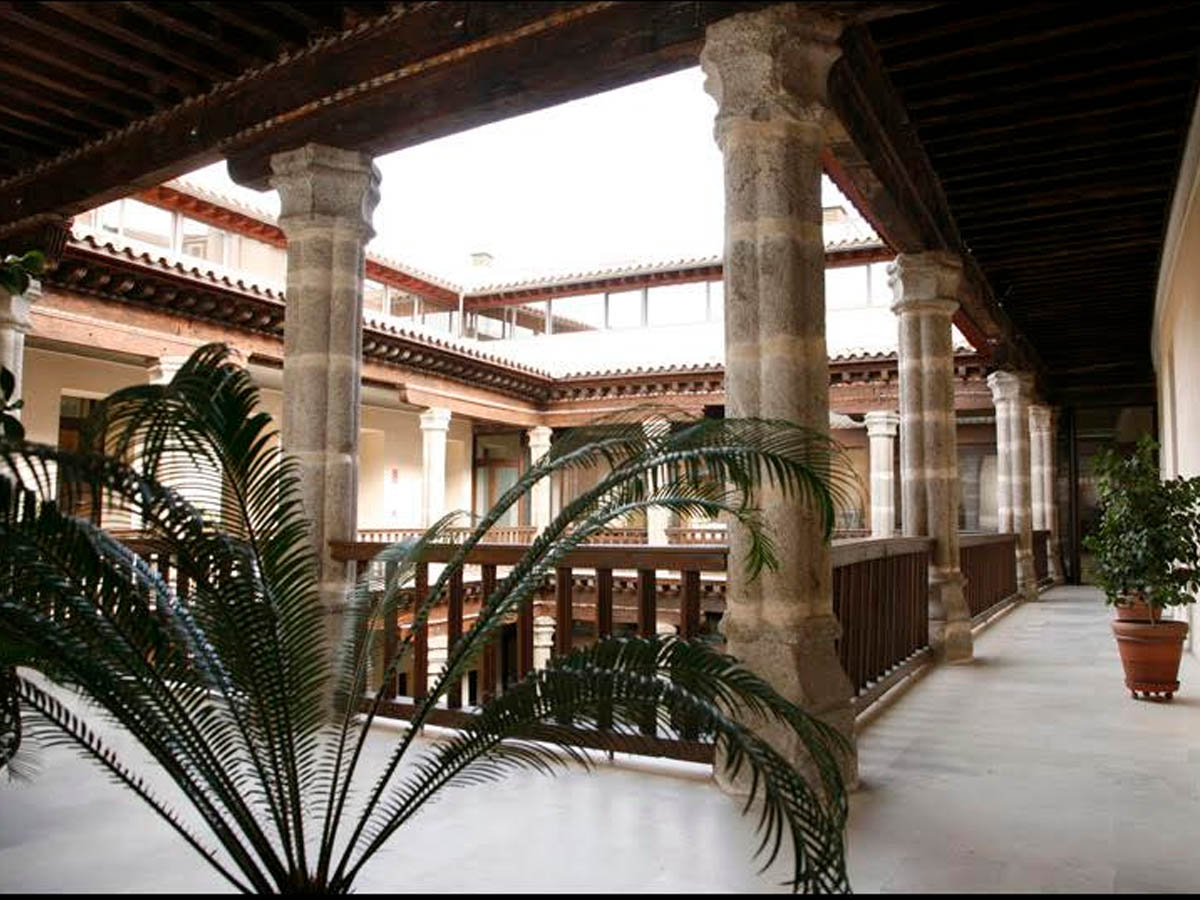
Source: La Casa de la Moneda de Toledo. (Mª José Martín-Peñato Lázaro) NVMISMA 228.
Translation post-edited and corrected by: Jesús M. García Jiménez
Translation post-edited and corrected by: Jesús M. García Jiménez
Type of coinage
| Period | Gold | Silver | Copper | |
|---|---|---|---|---|
| Carlos II | 1665-1700 | |||
| Felipe IV | 1621-1665 | |||
| Felipe III | 1598-1621 | |||
| Felipe II | 1556-1598 | |||
| Juana - Carlos I | 1506-1555 | |||
| Reyes Católicos | 1475-1504 | |||
| Reino de Castilla y leon | 1065-1479 | |||
Source: eNumismatic (José David Rodriguez Soage).
Mint die-sinkers and assayers
| Mark | Period | Names |
|---|---|---|
| - | <1475 | Diego Sánchez |
| - | >1475 | Juan Damián |
| - | ~1491 | Juan Ruiz |
| - | <1520 | Ferando Vallesteros |
| ... y P | <1520 | Marca de ensaye |
| M con hojas de yedra | <1530 | Manzanas |
| + | <1530 | Marca de ensaye |
| Hoja de yedra | <1530 | Marca de ensaye |
| M superada de corona | 1530-1553 | Baltasar de Manzanas |
| M | 1530-1553 | Baltasar de Manzanas |
| M | 1559-1566 | Eugenio de Manzanas |
| M superada de estrella | 1566-1576 | Eugenio de Manzanas |
| M dentro de un circulo | 1578-1592 | Alejo de Montoya |
| Z | <1588 | Sigla de ensaye? |
| C | 1591-1596 | Juan Caballero |
| V | 1611-1618 | Sigla de ensaye |
| C | <1613 | Melchor Rodríguez del Castillo |
| P | 1619-1621 | Sigla de ensaye |
| P | 1621-1635 | Sigla de ensaye |
| Y | 1651-1655 | Sigla de ensaye |
| CA | 1659, 1662, 1665 | Juan del Castillo |
Source: Glosario de Maestros de Ceca y Ensayadores. (Josep Pellicer i Bru), 1997.
Author:
2020-01-25 .
